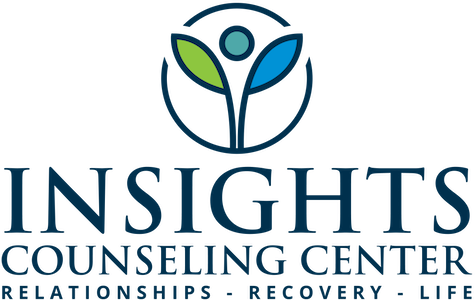The Role of the Vulnerable Child Mode in Schema Healing
There’s a part of you that still carries the weight of old wounds. It might show up in moments of rejection, when someone doesn’t text back, or when you feel overlooked, unloved, or too much. This part may feel small, unseen, or terrified to be abandoned again. In schema therapy, we call this the Vulnerable Child Mode—and it holds the key to deep, lasting healing.
Rather than something to fix or push away, this mode represents the core emotional needs that were left unmet earlier in life. Getting to know your Vulnerable Child isn’t about living in the past—it’s about finally giving this part of you the safety, care, and attunement it needed all along.
What Is the Vulnerable Child Mode?
The Vulnerable Child Mode is the part of your inner world that feels sadness, fear, loneliness, and emotional pain. It is tender and raw, often overwhelmed by the world or by relationships that don’t feel emotionally safe. This mode carries the unmet needs from earlier in life—whether those needs were for comfort, consistency, nurture, protection, or simply to feel that your emotions mattered.
When this mode is activated, you might notice:
A deep fear of being abandoned or left out
Feelings of helplessness or panic
Emotional dysregulation or tears you can’t explain
A strong need for reassurance, closeness, or safety
Shame or the sense that you are unlovable
The Vulnerable Child is often buried beneath layers of coping or protective behaviors. You may not even realize it’s there—until something triggers a feeling that seems bigger than the moment.
Why This Mode Matters in Therapy
In schema therapy, healing happens not just through insight, but through emotional connection to your modes. The Vulnerable Child Mode is central because it holds the pain that most other modes were developed to avoid.
For example:
Your Detached Protector might shut down to avoid your child mode’s pain.
Your Overcompensator might try to prove your worth so you don’t feel unlovable.
Your Punitive Parent might shame the child part of you for “being too emotional.”
When we ignore this part of ourselves, we often stay stuck in loops of fear, shame, or self-abandonment. But when we begin to listen—to really hear and respond to the vulnerable emotions with care—we shift the whole system.
Common Triggers That Activate This Mode
The Vulnerable Child Mode may be activated by:
Emotional distance or perceived rejection in a relationship
Conflict that feels like abandonment
Feedback or criticism that touches an old wound
Feeling left out, ignored, or not chosen
Facing big decisions or responsibilities without support
These moments may look like “overreacting” on the outside, but on the inside, your child mode is sounding an alarm: “I don’t feel safe. I don’t feel cared for. I’m alone again.”
Understanding this helps you approach yourself with compassion instead of judgment. It also helps you name your needs more clearly in relationships.
How Healing Happens
The goal is not to “grow out of” your Vulnerable Child—it’s to build a relationship with this part of you so it’s no longer alone. Schema therapy helps you access and care for this mode through a few key practices:
Imagery rescripting: Revisiting painful memories and offering the child part what it needed (nurture, protection, validation)
Therapeutic reparenting: Experiencing the therapist as a safe, attuned adult who models consistent care
Healthy Adult development: Learning to offer your child part compassion, boundaries, and wise leadership from within
Mode awareness: Recognizing when your child mode is active and what it’s asking for, instead of reacting automatically
As you learn to tend to your Vulnerable Child, other modes begin to relax. The critic becomes quieter. The protector softens. You begin to live with more emotional freedom, because the part of you that was once most hurt is finally being held with care.
Your Vulnerable Self Isn’t Weak—It’s Where Healing Begins
Many of us were taught to toughen up, move on, or avoid feelings. But true resilience doesn’t come from shutting down the vulnerable parts—it comes from learning how to stay connected to them with gentleness and strength.
The Vulnerable Child Mode is not something to be ashamed of. It’s a doorway. When you learn to care for this part of you, you begin to repair the internal relationship that has shaped so much of your emotional life.
And from that place of compassion and wholeness, everything else begins to change.
If you're ready to explore and nurture your vulnerable self, schema therapy offers a safe, structured path. We would be honored to walk with you as you learn to care for the part of you that’s been waiting the longest to be seen.

